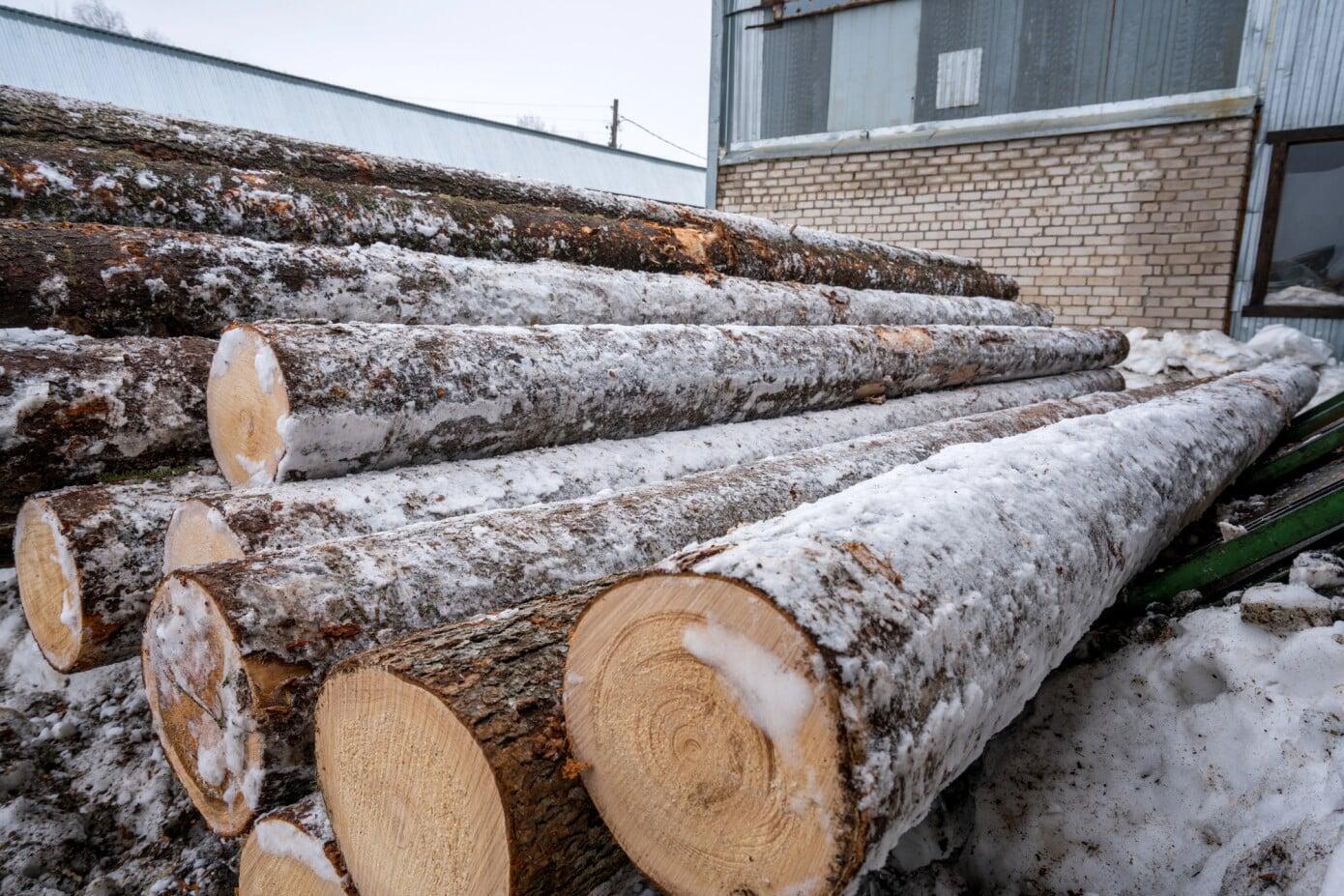Sugi sawlog supply and demand in Japan show significant elasticity shifts

Econometric analysis of Japan's domestic Sugi sawlog market highlights price sensitivity and structural demand changes between 1960 and 2019, according to researchers Yuji Higuma and Satoshi Tachibana.
The study "An econometric analysis of supply and demand on Sugi sawlog in Japan" shows that Sugi sawlogs, critical to Japan’s timber market, accounted for over 50% of domestic log demand during the 1960–2019 period. Own price, logging wages, and stand volume of planted forests significantly affect supply, with higher prices driving supplier willingness. However, the declining replanting rate threatens future supply. The total timber demand, once peaking at 120 million m3 in 1973, declined to 65 million m3 by 2009 following economic downturns, while domestic wood products’ share has risen since 2002. Long-term elasticity of Sugi sawlogs in this study is higher than previous research, indicating potential structural shifts in sawmill demand. These findings are particularly relevant as domestic sawlog production increased following the maturation of post-WWII forests, supported by policies like the 2021 revision of the Act on the Promotion of Use of Wood in Public Buildings, which is expected to boost demand.
The econometric model, based on time-series data deflated to 2015 values, estimates short- and long-term elasticities using 2SLS. Instrumental variable tests confirm the model's robustness, with findings underscoring the need for policies to enhance replanting rates.



